(373 products available)




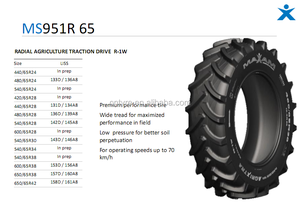














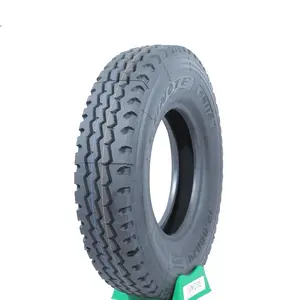







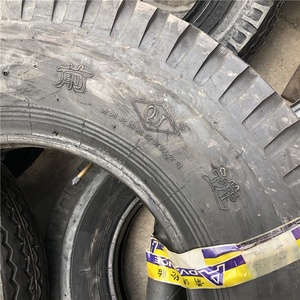































































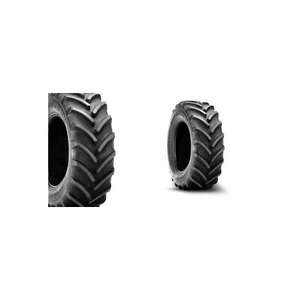
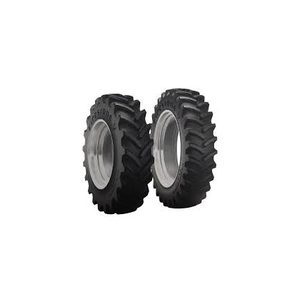

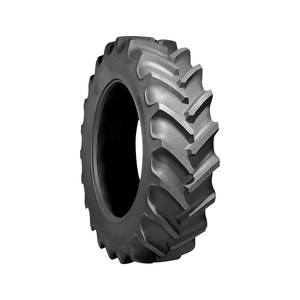













































































Diagonal tires, also known as bias-ply tires, are a traditional type of tire construction commonly used in older vehicles and some specialized applications. Unlike radial tires, which have steel belts running the circumference of the tire, diagonal tires have layers of fabric plies that crisscross diagonally from bead to bead. This construction affects the tire's performance, handling, and durability. However, diagonal tires still have their advantages, such as better traction on loose surfaces and more straightforward construction. Bias-ply tires are often used in off-road and agricultural settings. Here are some common types of diagonal tires:
Bias Ply Tires
Bias ply tires, also known as diagonal ply tires, are traditional tire constructions with several layers of fabric plies that crisscross diagonally. This construction provides the tires with a large, flexible footprint, making them suitable for off-road and agricultural use. Bias ply tires have excellent traction on loose surfaces, such as mud and gravel. However, they have less stability and wear evenly compared to radial tires.
Cross Ply Tires
A cross-ply tire is a type of diagonal tire where the plies intersect at a 90-degree angle. This design provides the tire with excellent lateral stability, making it suitable for heavy vehicles, such as trucks and buses. Cross-ply tires also have good traction and braking performance, especially on wet and slippery surfaces. However, they have a more rigid ride and are more prone to uneven wear than other tire types.
4x4 Off-Road Tires
These tires are designed for high-performance vehicles that require excellent off-road capabilities. Most 4x4 off-road tires use diagonal construction to provide good traction on various off-road surfaces, such as sand, mud, and rocks. These tires usually have large, aggressive tread patterns and deep tread depths, which can improve self-cleaning and grip performance.
Vintage and Classic Car Tires
Many vintage and classic cars, especially those manufactured before the 1980s, originally used diagonal tires. Some tire manufacturers offer diagonal tires specifically designed for vintage and classic cars to maintain the vehicle's original performance and appearance. These tires usually have traditional tread patterns and sidewall designs.
Trailer Tires
Some trailers, especially those used for agricultural or off-road applications, use diagonal tires. These tires are designed for durability and load-carrying capacity. Diagonal trailer tires provide good traction and stability, making them suitable for towing heavy loads over various road surfaces.
Diagonal ply tires are very popular because of their unique features. Here are some of the specifications of diagonal tires:
Tire Size
Diagonal tires are available in various sizes to suit different vehicles and driving needs. The size is indicated on the sidewall and consists of three numbers separated by a slash. The first number indicates the width of the tire in millimeters. The second number is the aspect ratio, which is the height of the sidewall expressed as a percentage of the width. The third number is the diameter of the wheel in inches.
Tread Pattern
Diagonal tires have distinctive tread designs that offer different benefits. The tread pattern is essential for tire grip, sound, and performance on the road. The tire tread is the part of the tire that touches the road surface and is designed for traction, wear, and water displacement. Common tread patterns for diagonal tires include symmetrical, asymmetrical, and directional patterns.
Load Rating
Load rating refers to the maximum weight the tire can carry. It is indicated as a number on the sidewall of the tire. Diagonal tires have different load ratings depending on the size and construction. Common load ratings for diagonal tires include 70 (335 kg), 75 (387 kg), and 80 (450 kg).
Speed Rating
Speed rating indicates the maximum speed the tire can perform. It is represented by a letter on the sidewall of the tire. Different diagonal tires have different speed ratings depending on the size and construction. Common speed ratings for diagonal tires include P (150 km/h), S (180 km/h), and T (190 km/h).
Maintaining diagonal tires is important for safety, performance, and durability. Here are some maintenance tips for diagonal tires:
Check tire pressure
Ensure the tire pressure is inflated and deflated. This is important before any journey. Use a tire pressure gauge to measure the pressure of each tire. Check the sidewall of the tire and the vehicle's owner manual for the recommended tire pressure. Inflate the tire with an air compressor to the recommended pressure. Ensure the tire is inflated evenly on all sides.
Tread depth
Tread depth is important for diagonal tire grip on slippery roads. Use a tread depth gauge to check the tread depth of each tire. Insert the gauge into the tread grooves in different places. Replace the tire when the tread depth is uneven or worn out.
Visual inspection
Check the diagonal tire for damage or uneven wear. Check the tire sidewall for cracks, bulges, or punctures. Check the tire tread for stones, nails, or other foreign objects stuck in the grooves. Remove any foreign objects from the tire tread.
Rotation
Wear of the diagonal tires occurs because the front and rear tires perform different roles. The front tires perform steering and braking, while the rear tires do acceleration. This causes the front tires to wear faster than the rear tires. To ensure the diagonal tires wear out evenly, rotate the front and rear tires every 5,000 to 10,000 km.
Choosing the right tires can be the key to the success of any retail business. Here's how to choose diagonal tires:
Understanding Vehicle Requirements
Vehicles such as cars and trucks have different requirements. Factors such as the vehicle's weight, type, and use should be considered before purchasing diagonal tires. For example, larger and heavier vehicles require tires that provide better support and stability than smaller ones.
Weather Conditions
Consider the weather conditions in the area before purchasing diagonal tires. If the region has heavy winter snowfall, diagonal tires are suitable for short distances on icy and snowy roads. In contrast, all-season diagonal tires are ideal for regions with moderate weather conditions.
Tread Patterns and Tread Depth
Tread patterns and depth are crucial factors to consider when choosing diagonal tires. Tires with aggressive tread patterns are suitable for off-road use, while those with symmetrical patterns are ideal for on-road use. Furthermore, deep treads provide better traction on slippery surfaces than shallow ones.
Load Capacity and Speed Rating
Diagonal tires have a load capacity and speed rating that must be considered before purchasing. The load capacity of a tire refers to the maximum weight it can support, while the speed rating indicates the maximum speed at which the tire can perform optimally. These two factors should match the vehicle's requirements.
Quality and Brand
When purchasing diagonal tires, buyers should select reputable brands and high-quality tires. Quality tires have a longer lifespan and require less maintenance, thus saving the buyer's money. Furthermore, purchasing tires from well-known brands guarantees the buyer's access to after-sales services and spare parts.
Budget
Diagonal tires are available in various budgets to suit different customers' purchasing power. Buyers should obtain tires that suit their budgets. However, they should avoid purchasing tires whose quality is inferior to that of the standard, as this may cost them more in the long run due to frequent replacements.
When it comes to DIY bias ply tires, it’s always advisable to seek professional help. However, if the damage is minor, such as a puncture, users can follow the steps below. Before the repair process, gather all the necessary tools:
Repairing diagonal tire vehicles:
Q1: What vehicles use diagonal tires?
A1: Historically, diagonal tires were standard on all vehicles. However, as technology advanced, particularly in the mid-20th century, vehicles began using radial tires. Today, diagonal tires are primarily used in specific vehicles like classic cars, some low-speed urban vehicles, and specialized off-road vehicles.
Q2: Can diagonal tires be converted to radial tires?
A2: Yes, any vehicle originally equipped with diagonal tires can switch to radial tires. This is particularly beneficial for improving vehicle handling, fuel efficiency, and overall driving comfort. It's essential to ensure that the new radial tires are appropriately sized for the vehicle.
Q3: How do diagonal tires perform off-road?
A3: Diagonal tires are known for their robust off-road capabilities, especially in muddy or loose terrains. The flexible sidewalls and the self-clearing tread design provide better traction in challenging conditions. This makes them a preferred choice for off-road enthusiasts and farmers needing reliable fieldwork equipment.
Q4: Are diagonal tires suitable for high-speed driving?
A4: While diagonal tires can handle moderate speeds, their performance may not be consistent at high speeds. The stability, heat dissipation, and grip levels of diagonal tires are inferior to those of modern radial tires. Vehicles requiring high-speed capabilities should use radial tires for safety and performance reasons.
Q5: What maintenance tips can ensure the longevity of diagonal tires?
A5: Proper maintenance is critical to diagonal tires' durability and performance. Keeping them adequately inflated, regularly checking and removing foreign objects from the tread, rotating the tires periodically to ensure even wear, and using the vehicle moderately on paved roads can significantly extend diagonal tire life.